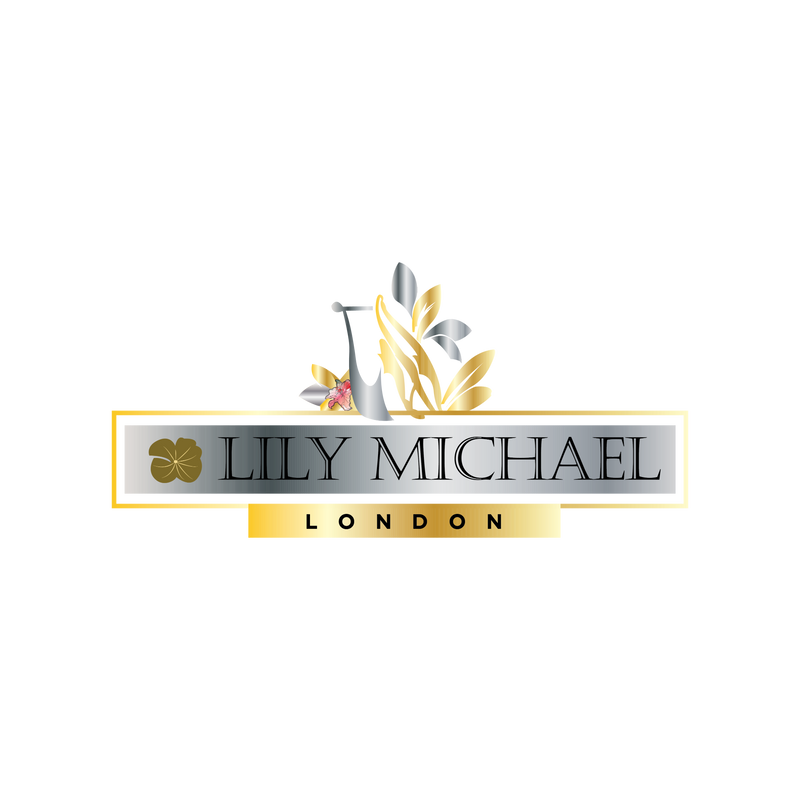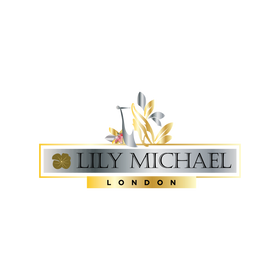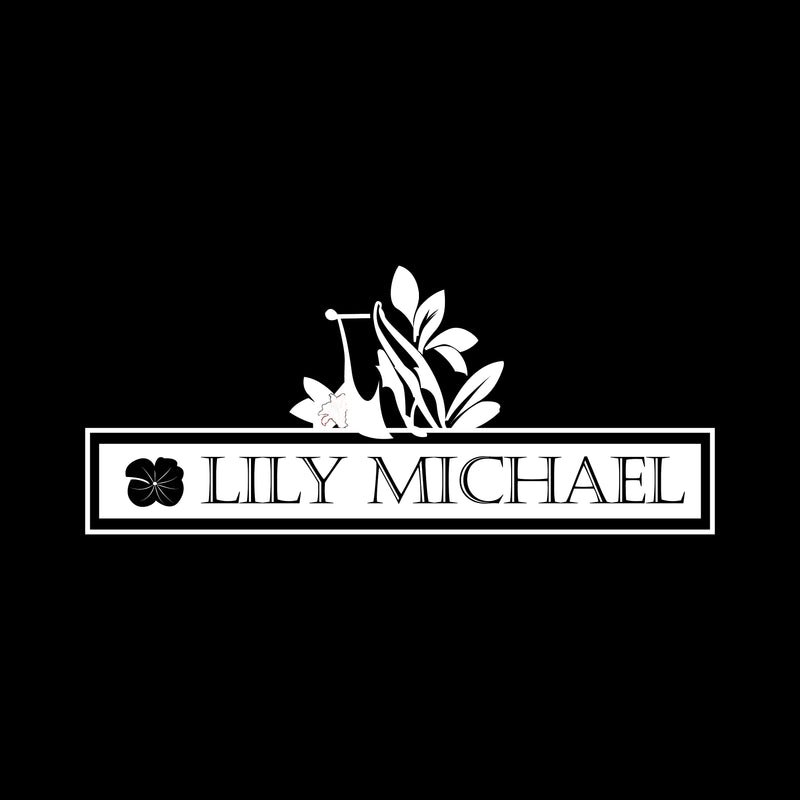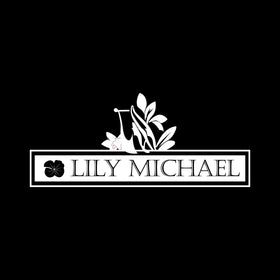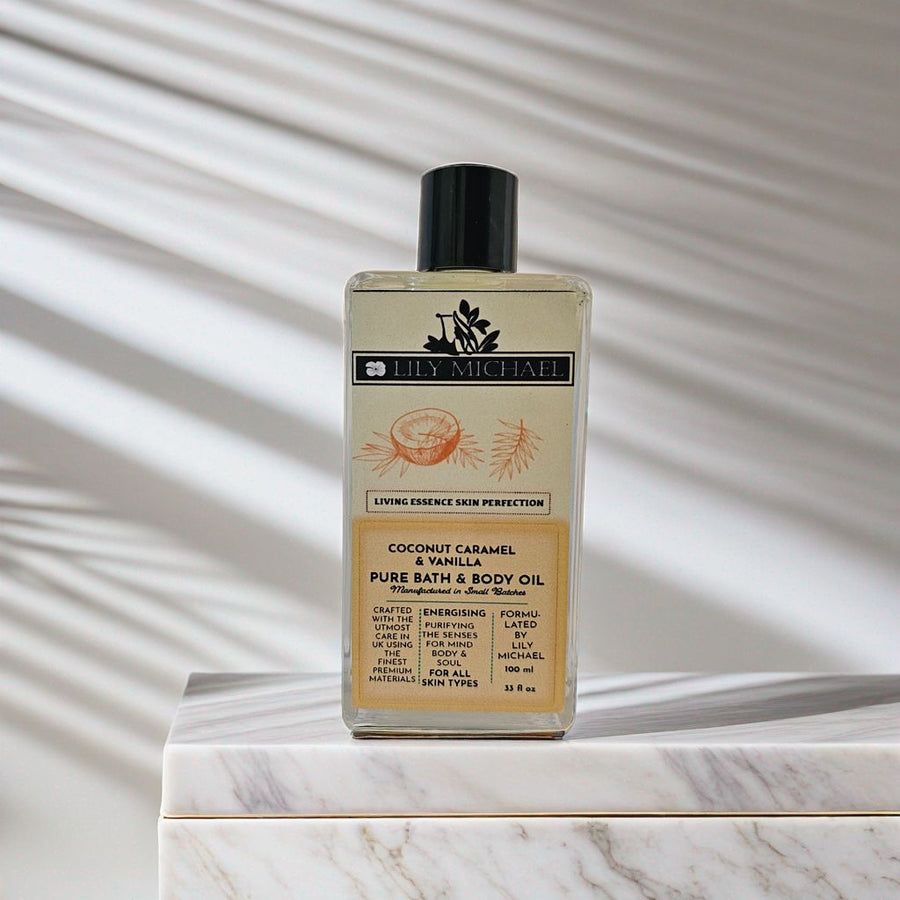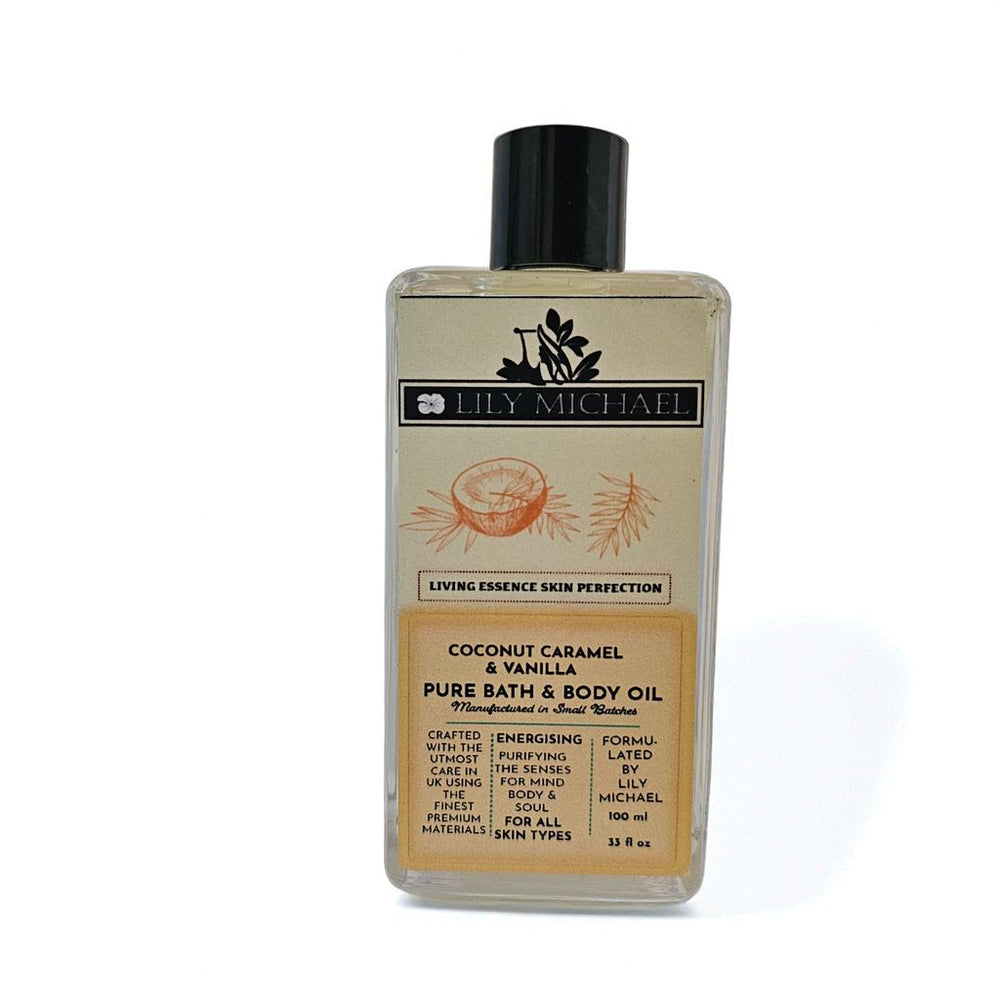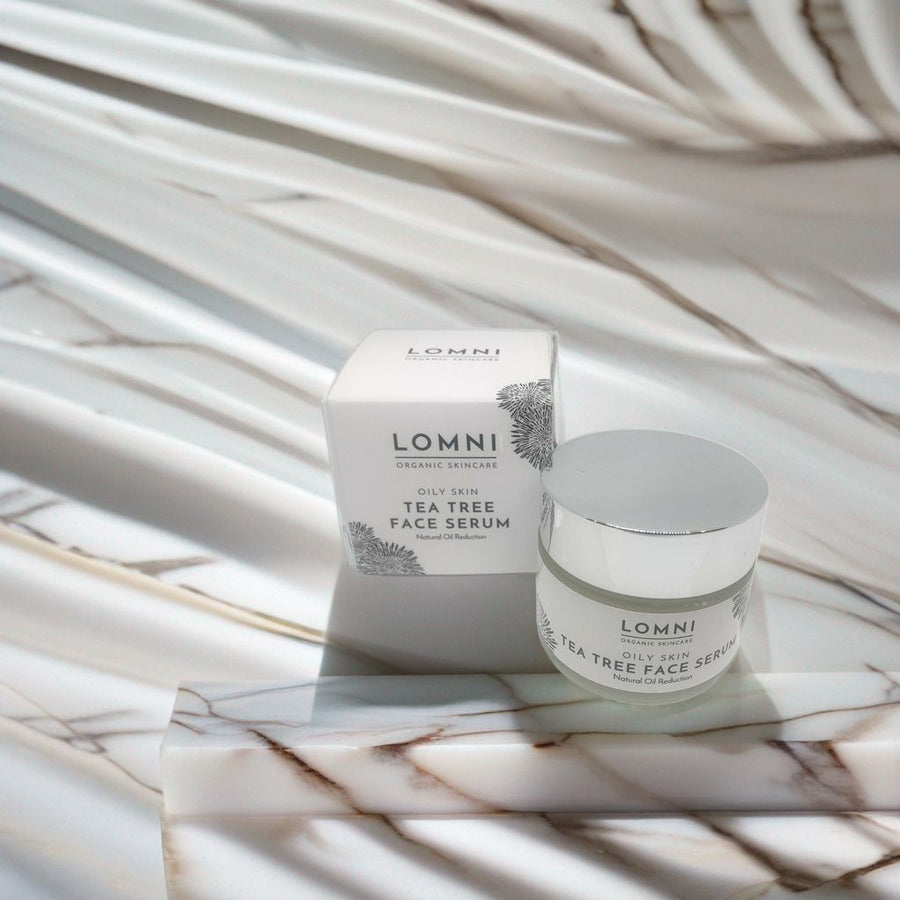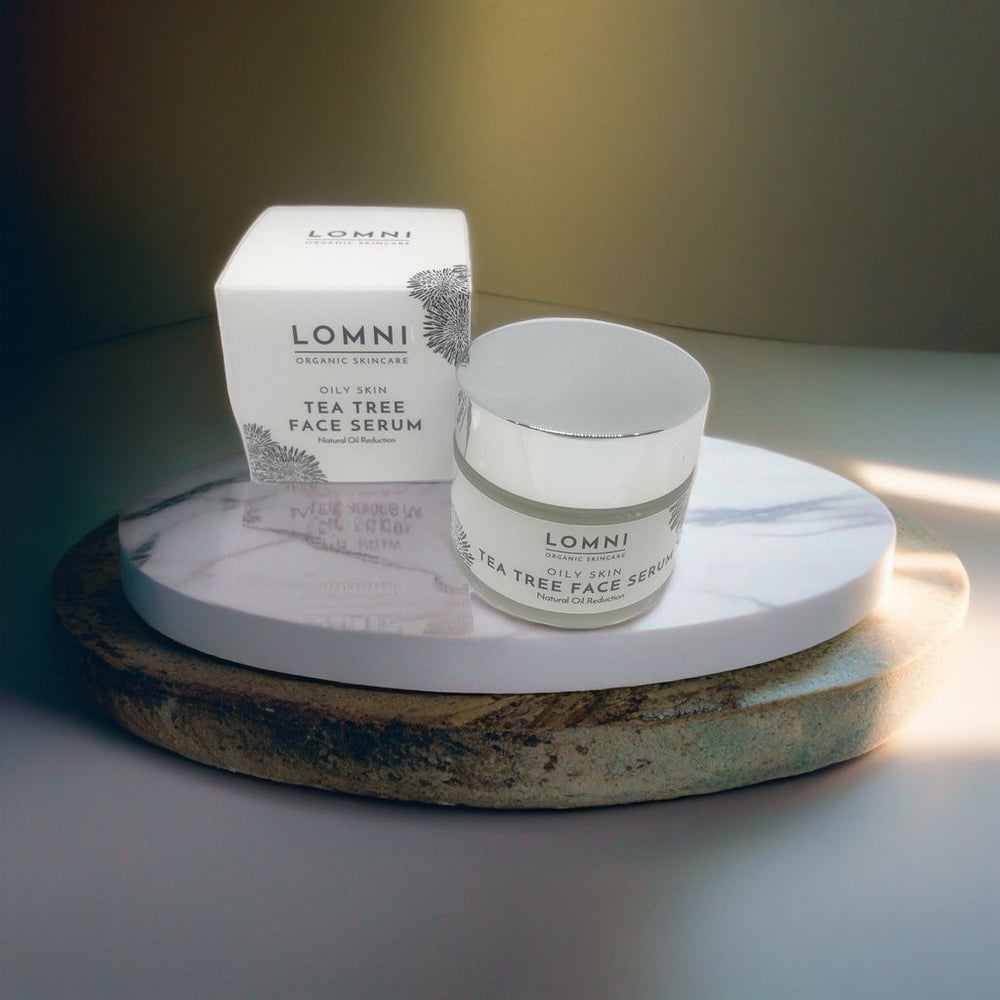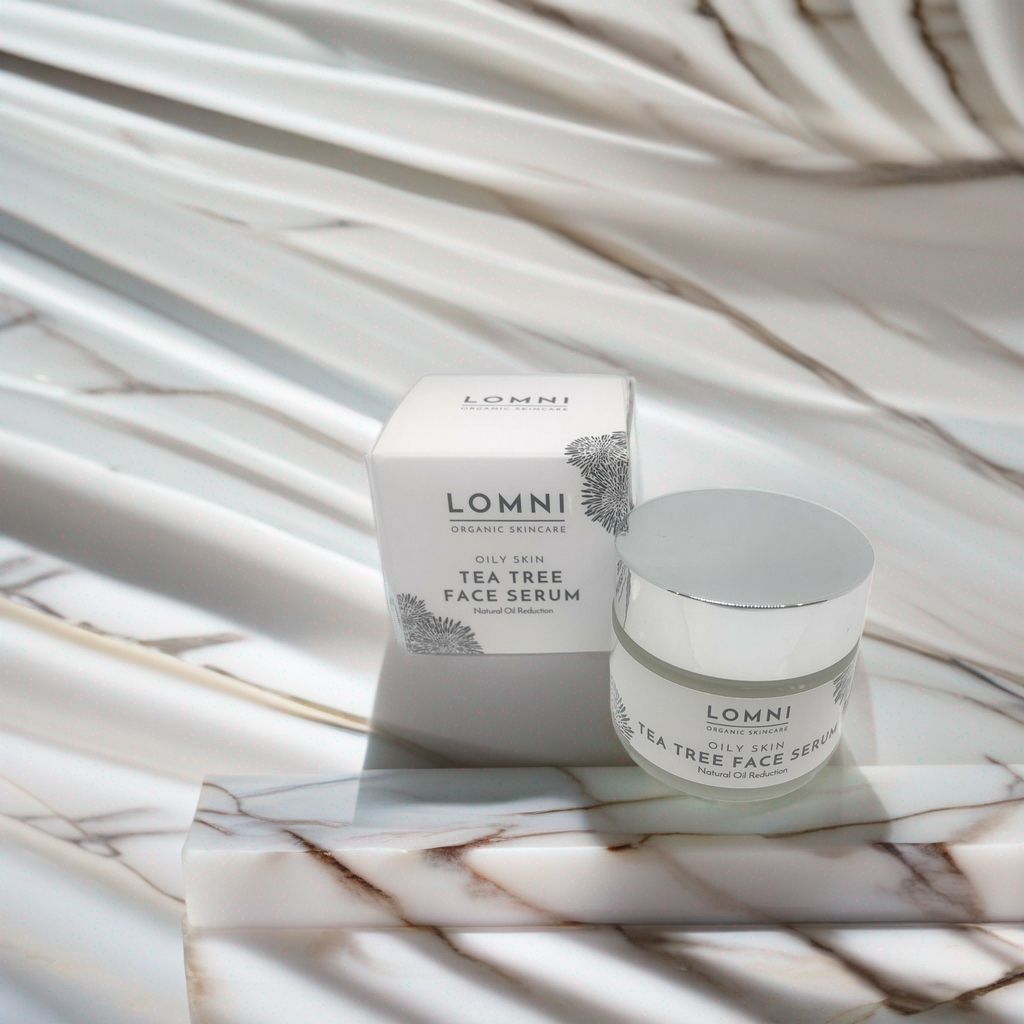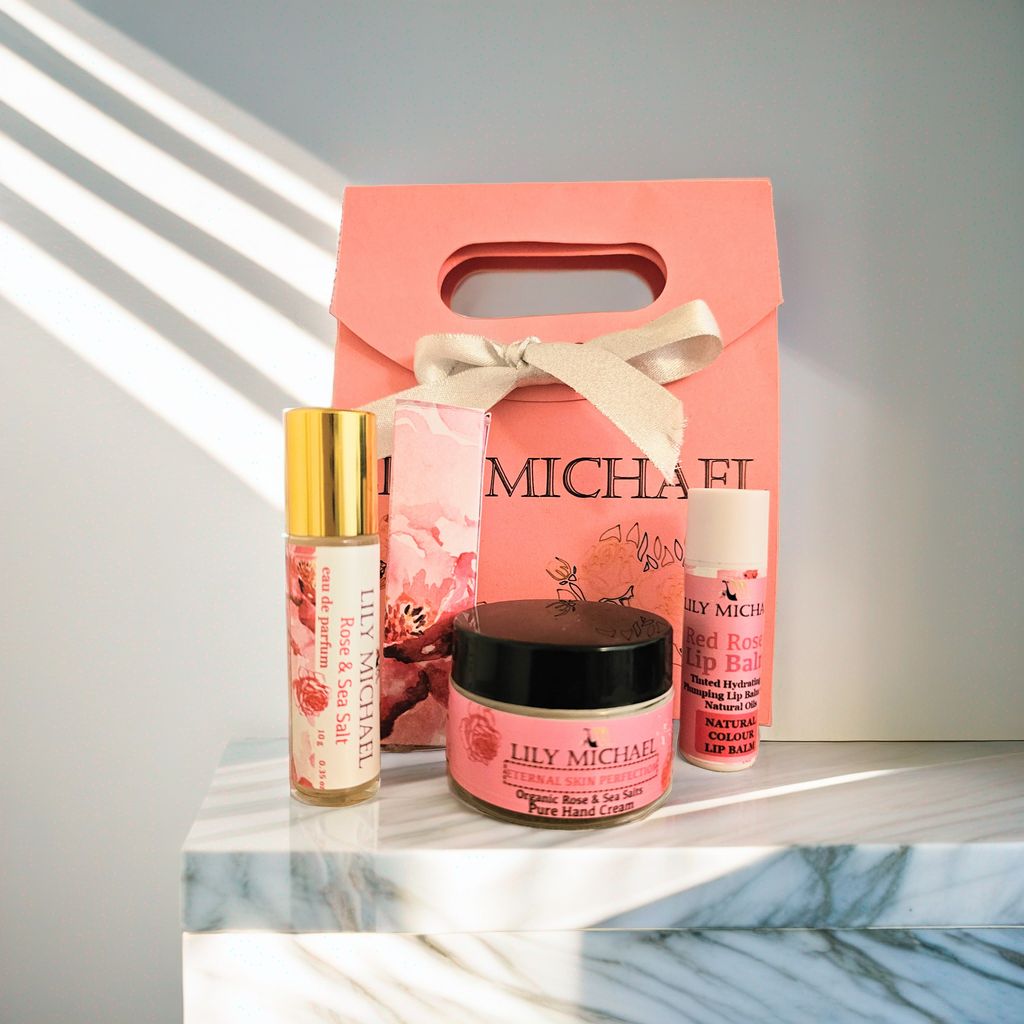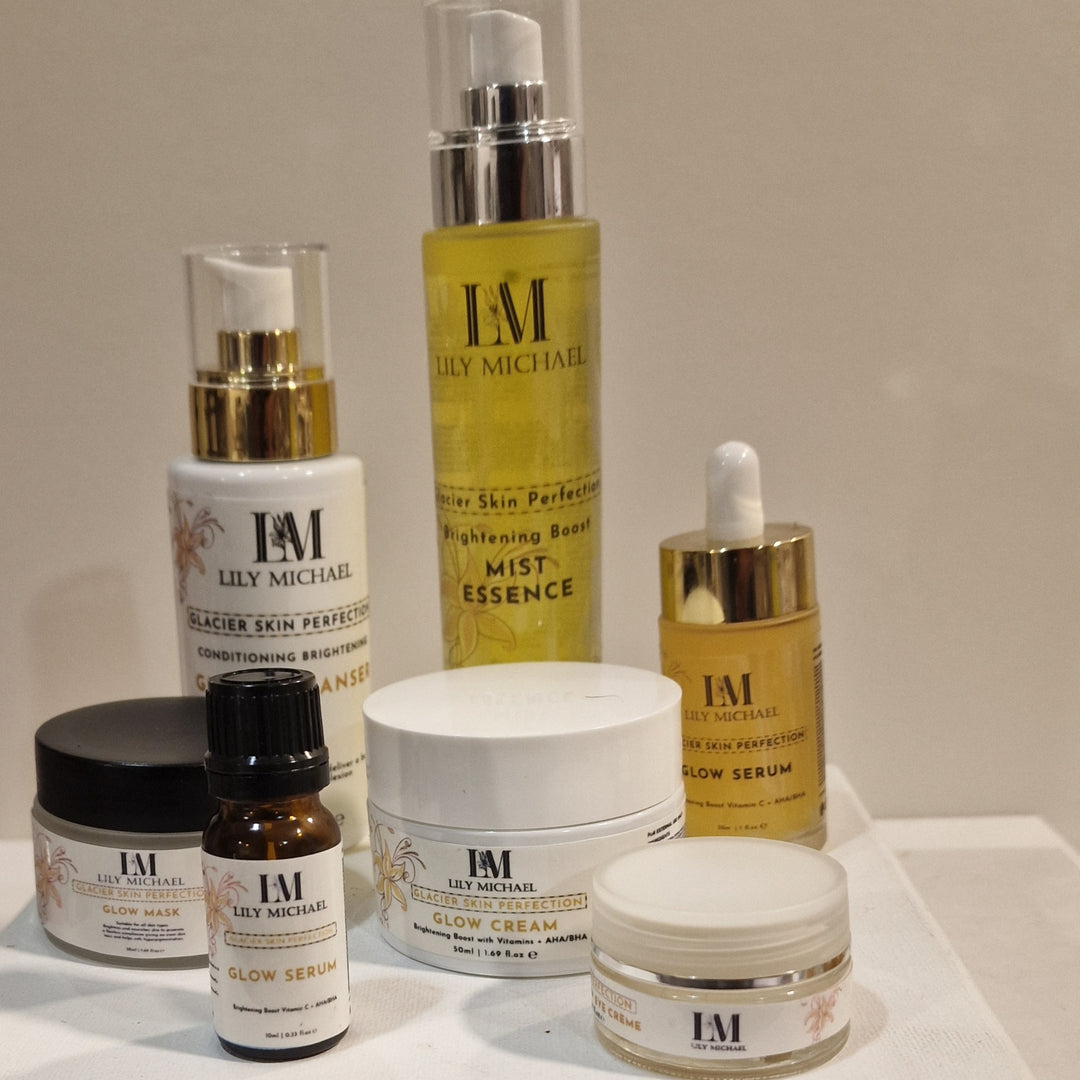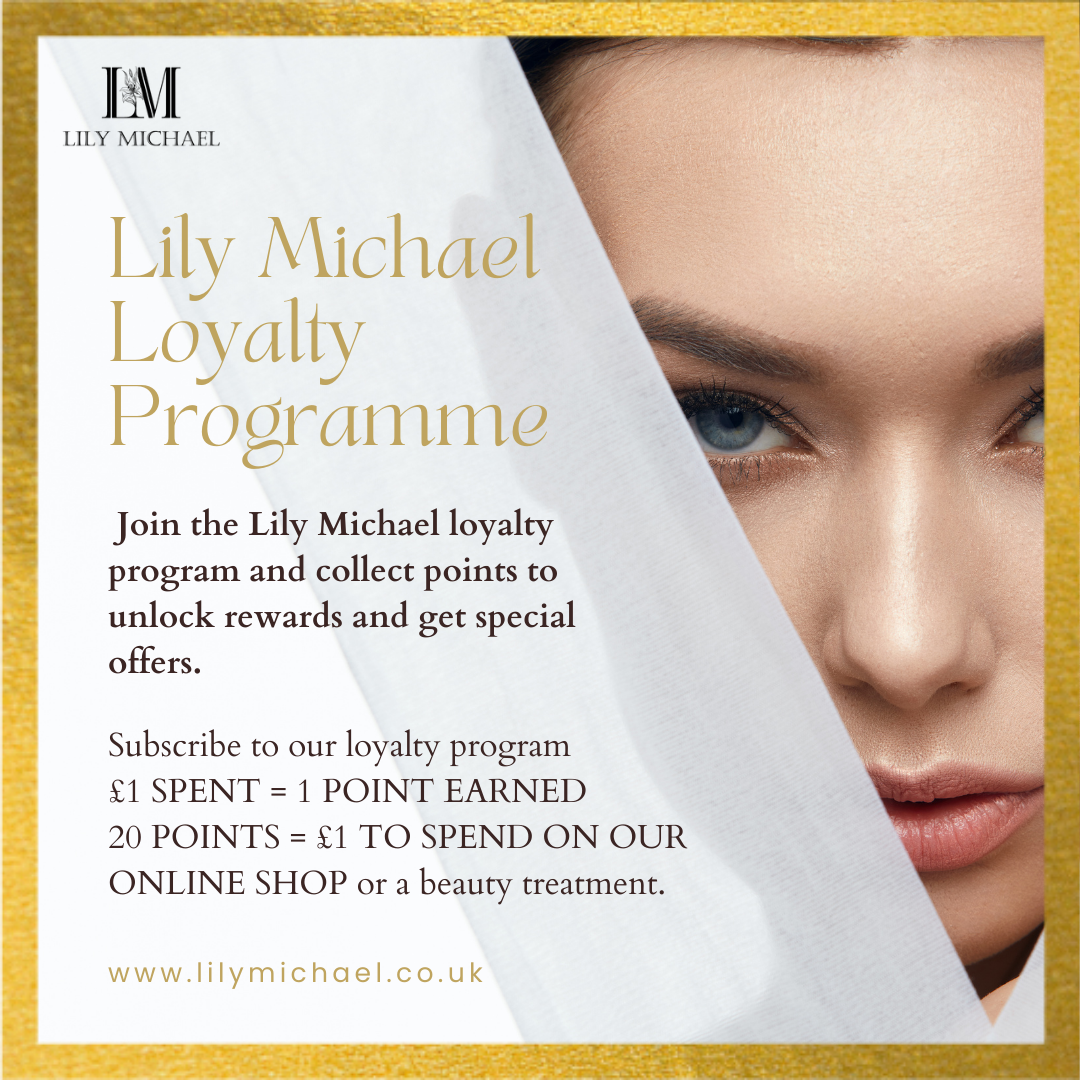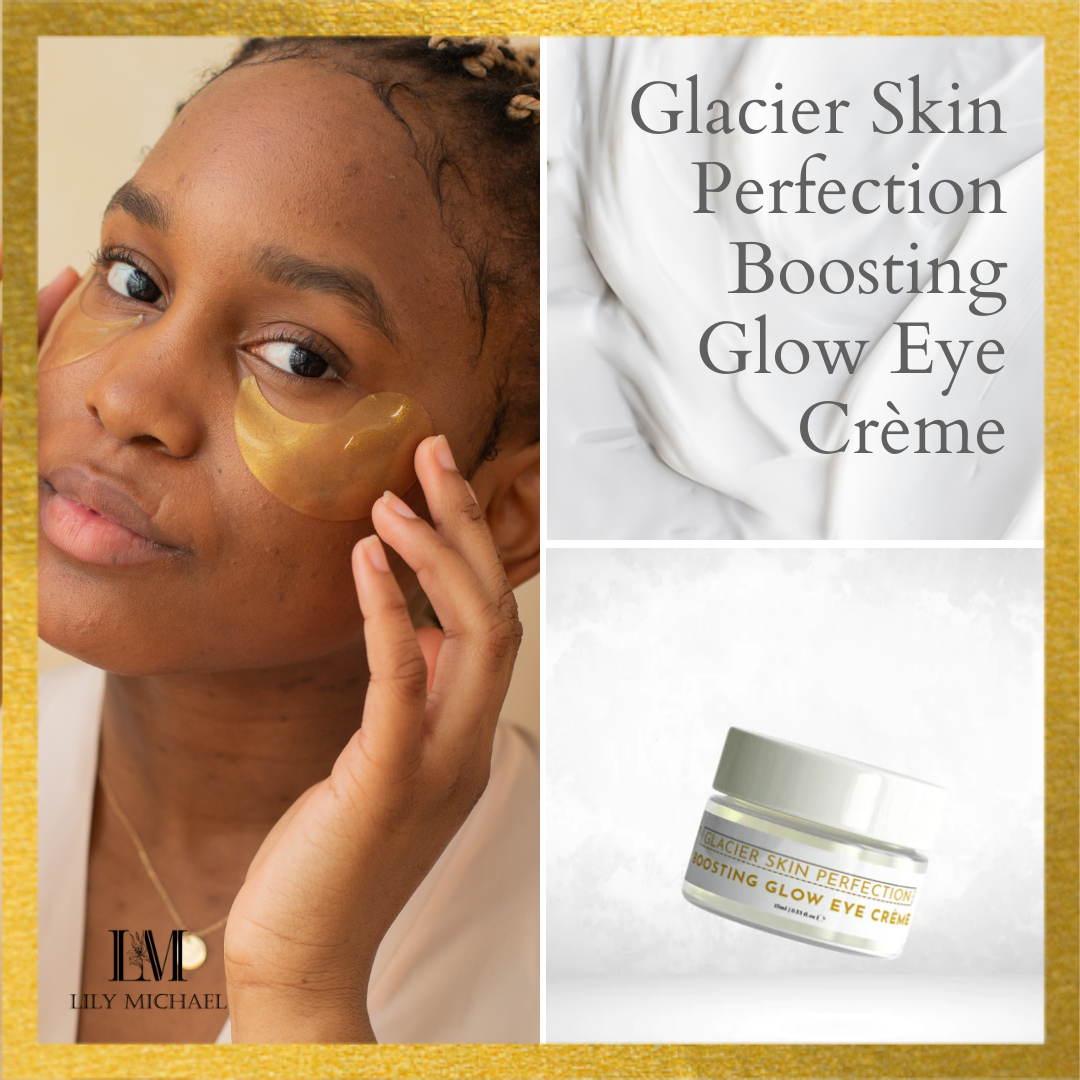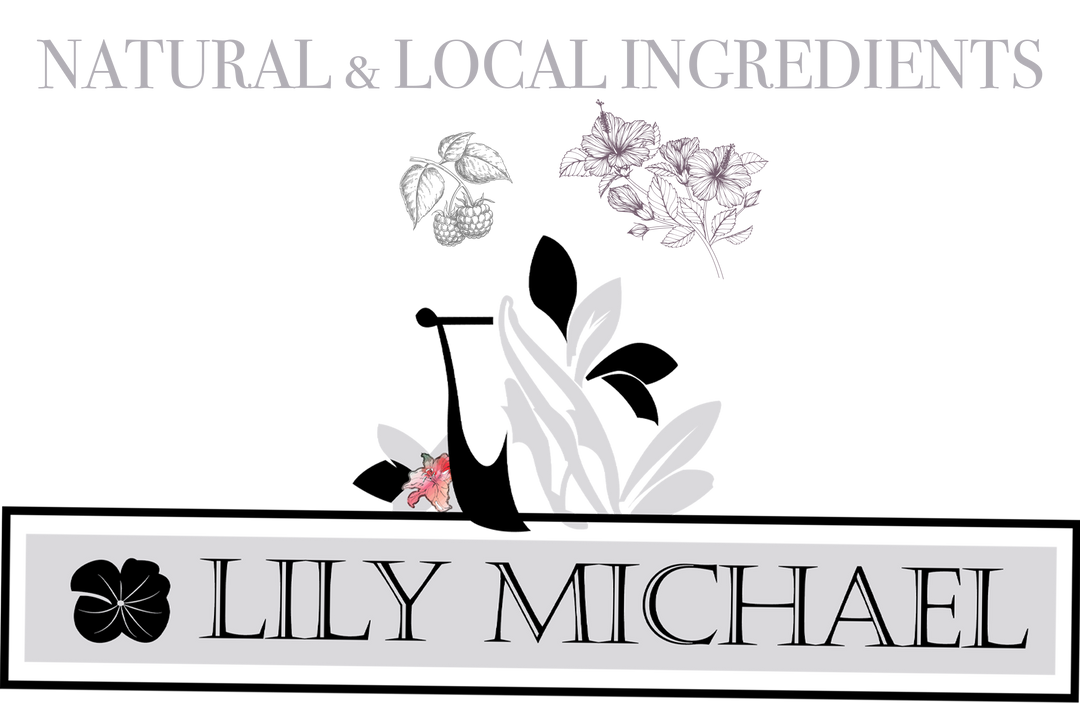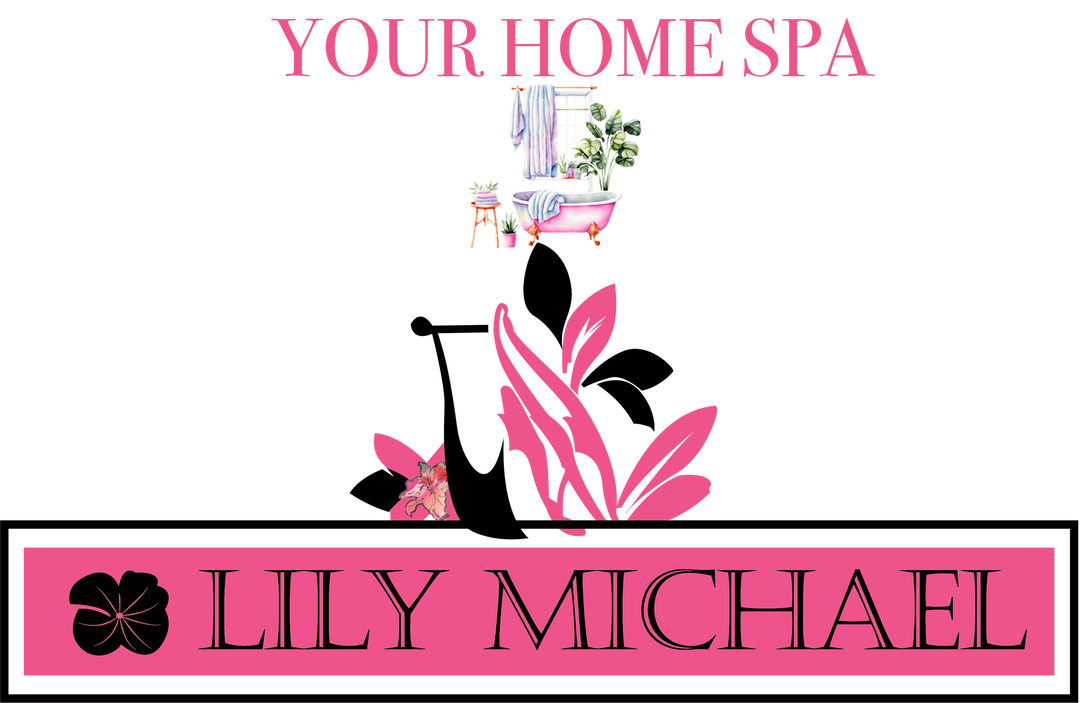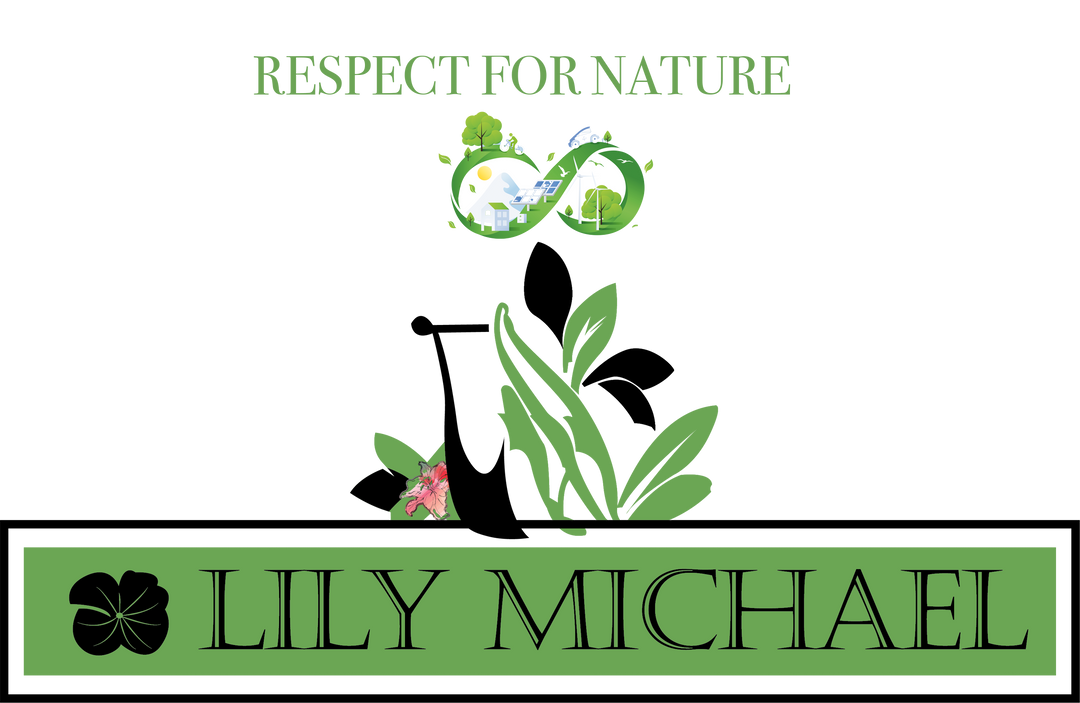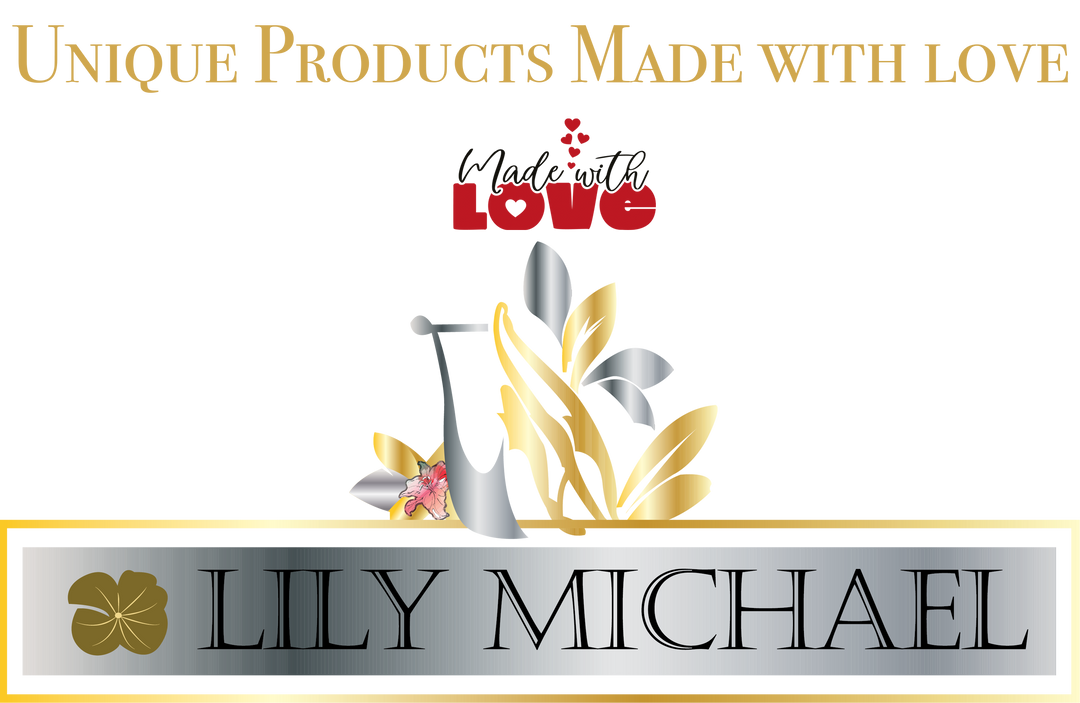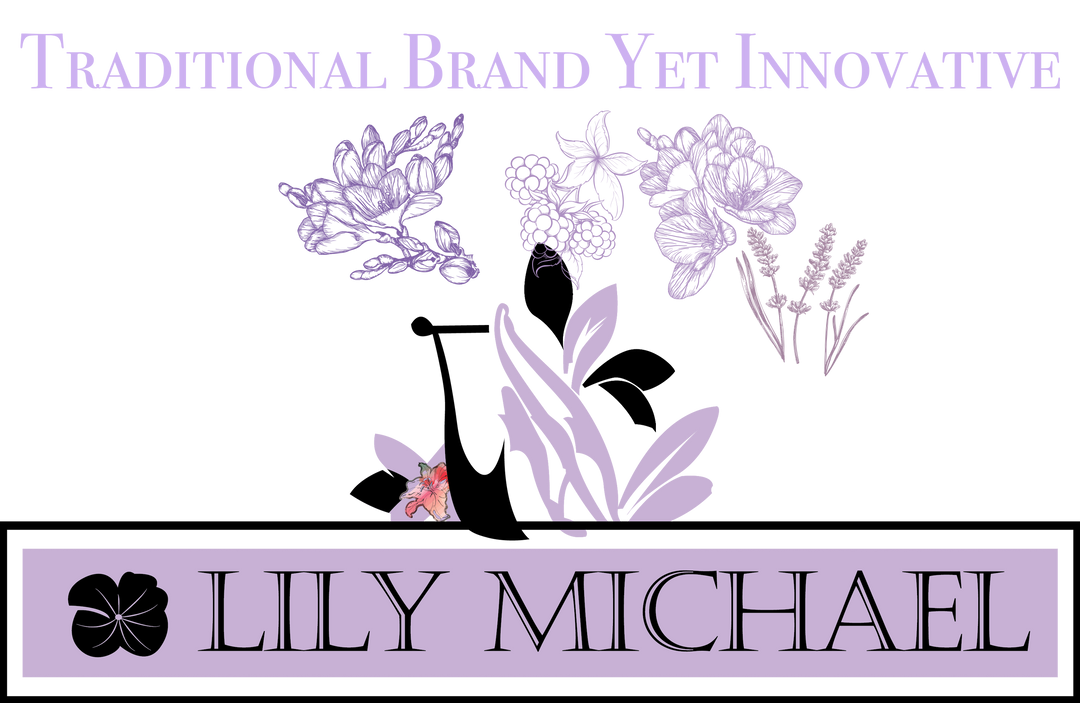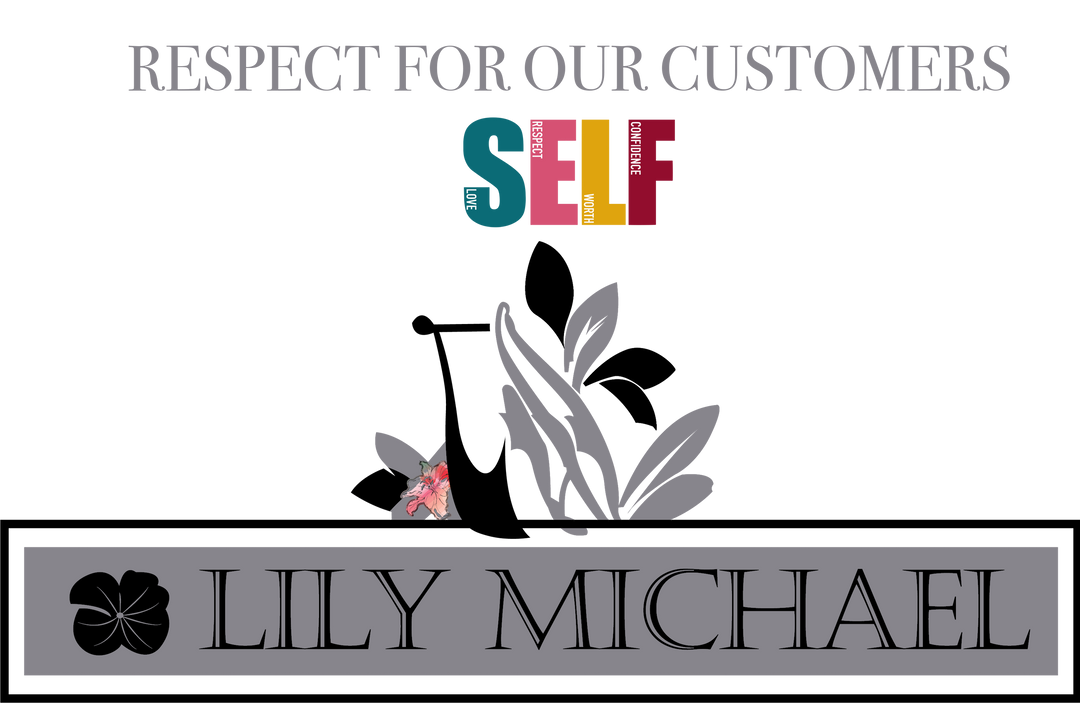The Ultimate Guide to Understanding Vegan Beauty Product Labels
As more people become aware of the ethical implications of animal testing, the demand for vegan beauty products has increased. But how can you be sure that the products you're using are truly cruelty-free? This guide will help you understand the labels on vegan beauty products and make informed choices for your beauty routine.
What does "vegan" mean in the beauty industry?
In the beauty industry, "vegan" means that the product does not contain any animal-derived ingredients or byproducts. This includes ingredients like beeswax, lanolin, and carmine, which are commonly used in cosmetics. Vegan products are also not tested on animals at any stage of production, from ingredients to finished product. It's important to note that a product can be vegan but not necessarily cruelty-free, as it may still be tested on animals in some countries.
How to identify vegan beauty products.
To identify vegan beauty products, look for labels that specifically state "vegan" or "100% plant-based." You can also look for logos from organizations like PETA or Leaping Bunny, which certify products as both vegan and cruelty-free. Additionally, check the ingredient list for any animal-derived ingredients or byproducts, such as beeswax, lanolin, or carmine. If you're unsure about a product's vegan status, reach out to the brand for clarification.
Understanding cruelty-free vs. vegan.
While cruelty-free and vegan may seem like interchangeable terms, they actually have different meanings in the beauty industry. Cruelty-free means that the product was not tested on animals, but it may still contain animal-derived ingredients. Vegan, on the other hand, means that the product contains no animal-derived ingredients and was not tested on animals. It's important to look for both labels if you want to ensure that your beauty products are both ethical and animal-friendly.
Common animal-derived ingredients to avoid.
If you're looking to avoid animal-derived ingredients in your beauty products, there are a few common ones to watch out for. These include beeswax, lanolin, carmine (a red pigment made from crushed beetles), and collagen (derived from animal connective tissue). It's also important to note that some ingredients may be derived from both animal and plant sources, so it's always best to do your research and look for products that are specifically labeled as vegan.
Tips for transitioning to a vegan beauty routine.
Transitioning to a vegan beauty routine can be overwhelming, but it doesn't have to be. Start by identifying the products you use most frequently, such as your daily moisturiser or shampoo, and look for vegan alternatives. You can also try swapping out one product at a time, rather than completely overhauling your entire routine at once. Don't forget to do your research and read product labels carefully to ensure they are truly vegan and cruelty-free. And remember, making small changes towards a more ethical beauty routine is better than doing nothing at all.
